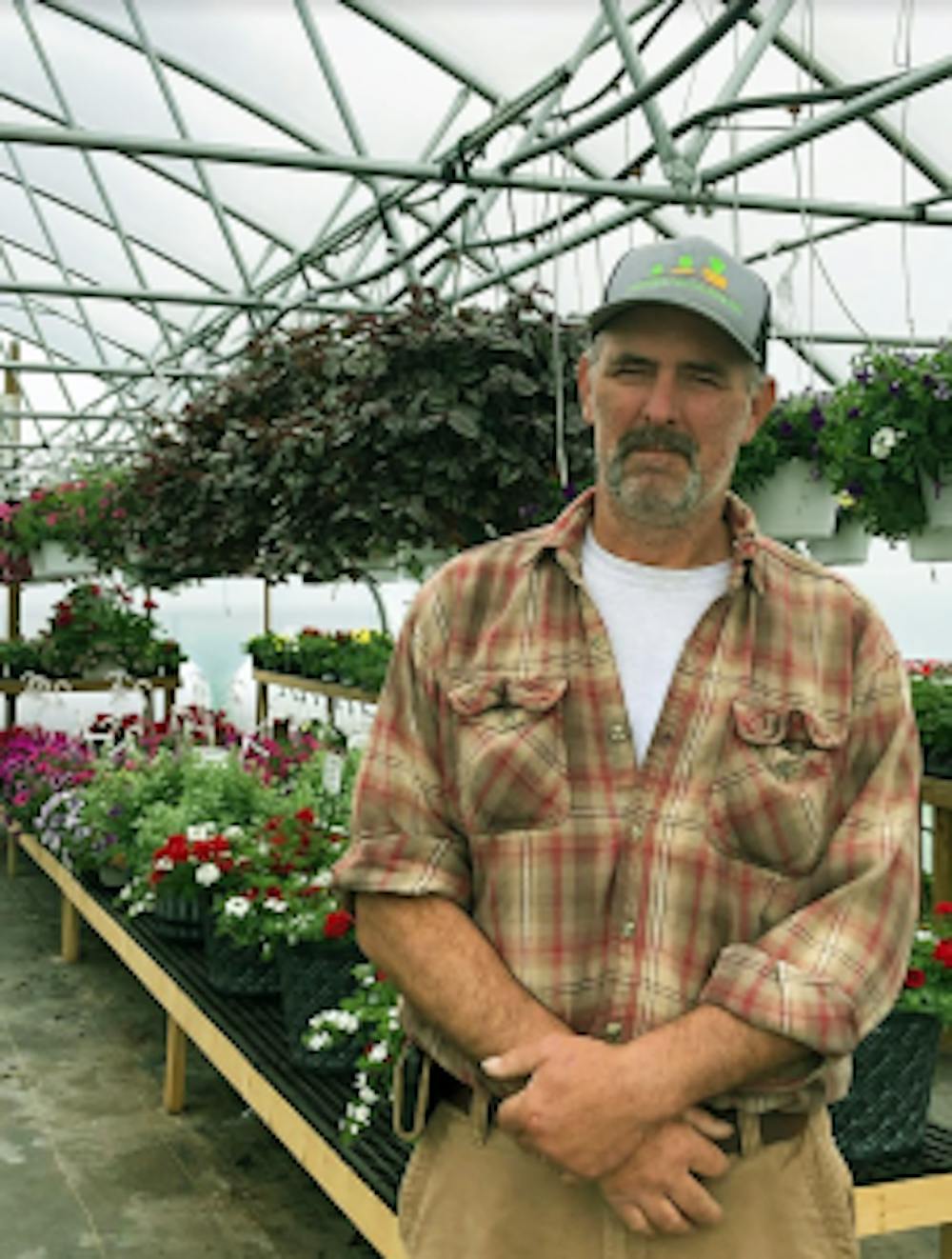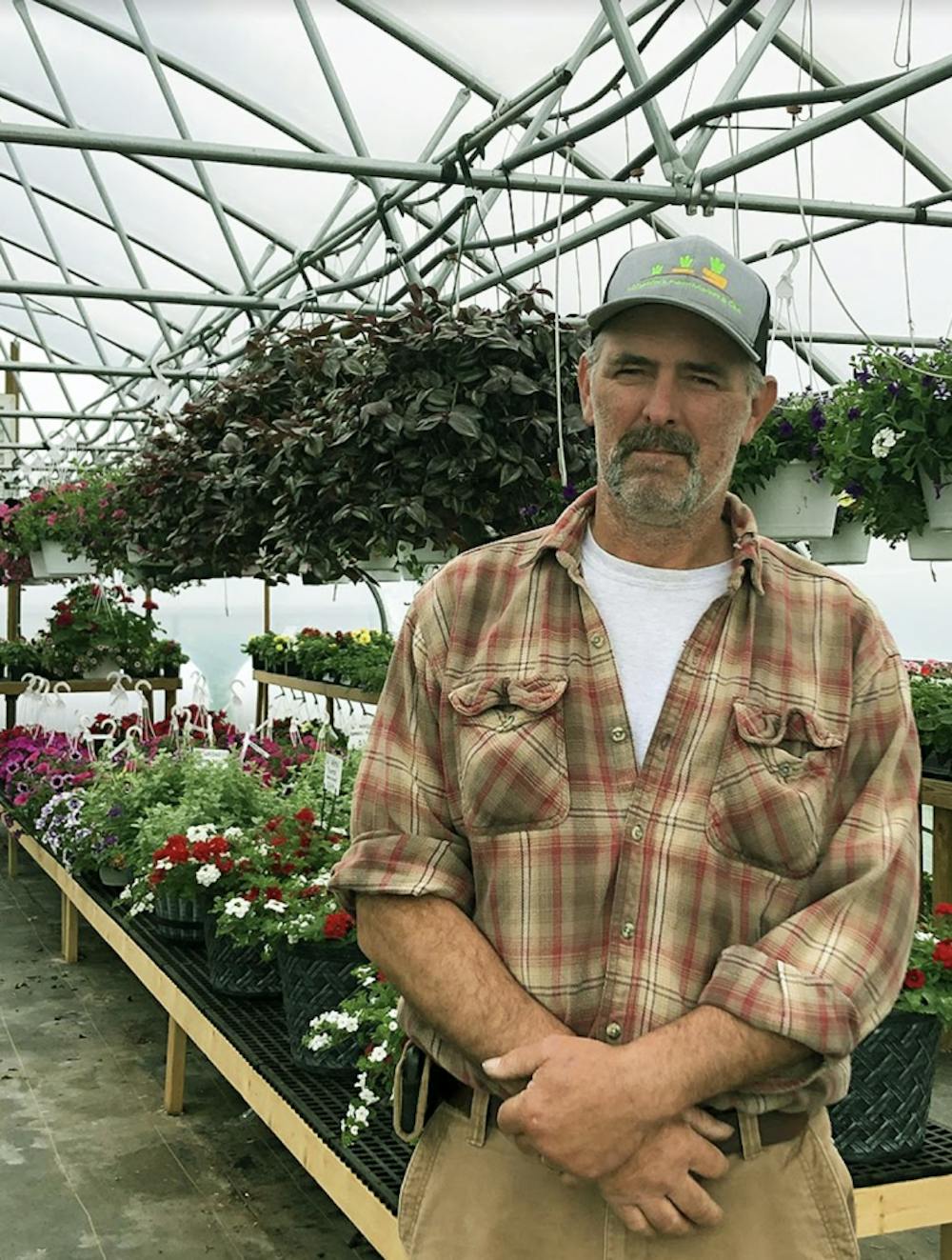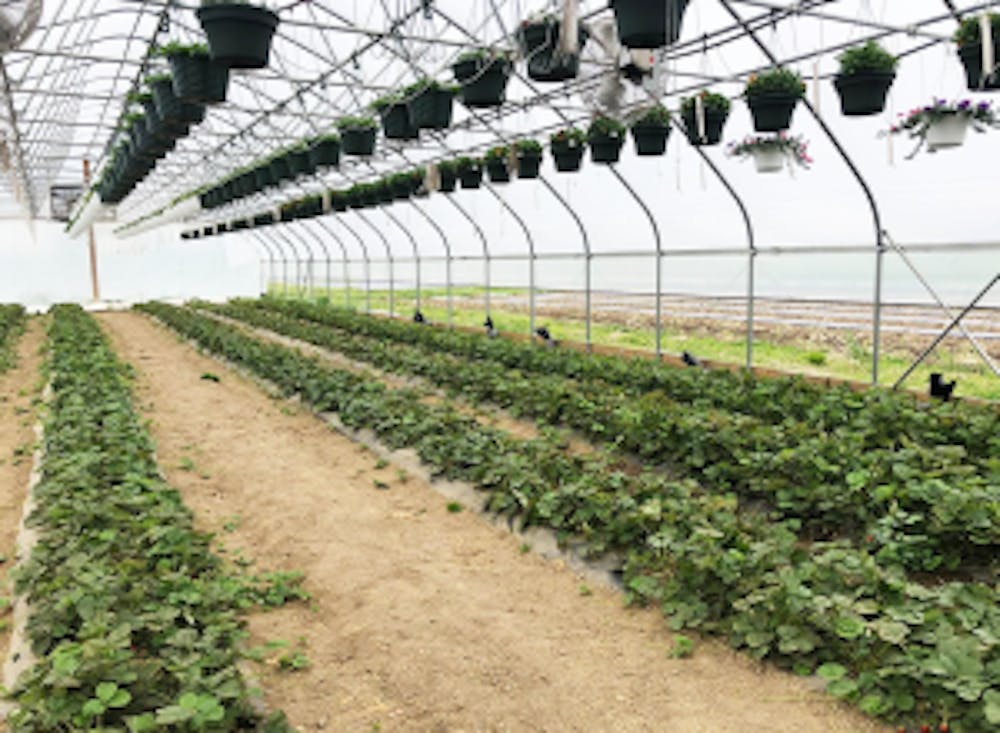Community Supported Agriculture programs connect eaters with growers
BY: JILLIAN INKS
If you care about the quality of your food, you want to know where it comes from and how it's made before it lands on your table. This kind of thinking is what makes buying local, seasonal produce so enticing. Going to the source of the food itself is an interactive way to get answers to your food questions. So, go visit your local CSA farmer.
At Miami University, you can visit its Institute for Food Farm on Somervillle Road, and become a member of its community supported agriculture (CSA) program, which delivers fresh produce to Cook Field on Thursdays. Here’s how to join: https://sites.miamioh.edu/if-farm/recent-posts/csa-2020/ . But it’s not the only option in the Oxford area.

Last spring, I decided to drive down the winding lanes of Trenton, Ohio, and turn onto the gravel entrance to Schaefer's Farm Market & CSA. Here, I learned extensively about the care provided by its owner, William Anthony “Tony” Schaefer, 54; his wife, Ruth; and daughter, Elizabeth. They grow more than 50 different types of organic, non-GMO vegetables and fruits. Their produce and flowers draw people who live three to five hours away just for the first pick. Usually those who get first pick will be the farm’s 40 CSA members who paid ahead of time for their share of the crop.
“CSA farmers for the most part are the rock stars of the farming world because they have to be a jack-of-all-trades,” says Carrie Sedlak, executive director of Fairshare Coalition and CSA-Innovation Network. “They have to know how to grow, like 50 different varieties of vegetables. They have to know how to market their product. They have to know about how to retain their members.” Sedlak’s network helps CSA farmers connect on a national scale to share marketing techniques and more. It’s not just the Schaefers’ CSA members who benefit from their growing successes, though. Non-CSA members can shop at the farm, too. That surprised me, as I originally thought CSAs were somewhat exclusive due to their membership requirements. My visit to Schaefer Farm changed my perspective. So, let me help you do the same as I bust some myths about CSAs.
What is a CSA?
Community supported agriculture (CSA) is an organized way for people to buy seasonal produce from local farmers. It’s a shared responsibility/risk between the farmer and buyer. Buyers pay a membership fee in advance for a share of the bounty, generally each week. Growers, in turn, load up a box for each member each week of their seasonal produce - think lettuce and radishes in early spring, tomatoes and cucumbers in summer, and root vegetables in fall. Usually, the CSA lasts 15 to 25 weeks. CSAs help farmers with up-front costs, reliable income and community connection. Then they can invest in good stewardship of the land and high-quality produce for members.
CSAs in the U.S have been around since the 1980s. Based on a 2012 USDA research survey, there were about 12,617 farms that sold produce and products through the CSA model. With the pandemic, it's possible that more attention has grown around this interesting form of agriculture production. Between November 2016 to January 2017, the Fairshare Coalition found from a survey sample of 3,227 respondents that there has been a 17% growth in new CSA memberships.
How do you become a member?
Enjoy what you're reading?
Signup for our newsletter
It’s simple. You sign a membership form with the CSA on paper or electronically. You pay in advance for your share, and select what produce you like in your share box, alongside your preferred pick-up dates. Some CSAs deliver around town, or offer pick up at the farm, once a week. For others, you can choose the pick-up day.
Since you are buying a share of the farm’s crop, you will need to sign an agreement on this form that you are aware of the risks and benefits that come with the farmer growing your produce each season. It is important to understand and research which CSA farms can suit your needs and budget. Also, make sure you sign-up as soon as possible. Some CSAs have an extensive waitlist.
How much does it cost to have a CSA membership?
Depends on the share you like to receive. Each CSA provides a different array and amount of produce. It’s often called a full share, or a half share, and based on household size. Typically, costs for full shares average around $400-$700 a season, with half shares about half that.
Same scenario for the amount of produce you receive in your share box. Standard half-shares will have 5-7 seasonal items, while full shares can be double that. These boxes are often customizable to suit your taste, or the needs of a large family, with a simple checklist on the CSA membership form. Many CSA farms provide recipes, cookbooks and pamphlets for seasonal produce you may not be familiar with - like bok choy, leeks or chard. It’s a way of saying “thank you” for your loyalty as a member.
“With having that kind of connection with your members, teaching them how to use their food that they get” is important, says Corinna Bench, a CSA marketing expert.
Bench and her husband own the organic Shared Legacy Farms in Elmore, Ohio, and have 400 CSA members. Fresh produce and recipes make CSA shares sort of similar to meal kit delivery services like Blue Apron. The CSA share doesn’t include extras like spices and sauces, but it can be far cheaper. For example, last spring I compared the Schaefers’ CSA standard membership fee with Blue Apron’s Signature Plan. Blue Apron cost nearly $2,000 over 25 weeks for four recipes per week, serving two people. The Schaefer’s Farm Market CSA cost $400 over the same period.
Do I have to pull weeds to get my food?
It’s not a requirement. But some CSAs welcome that through volunteering and internship programs. The Fairshare Coalition helps people find those kinds of opportunities among their regional CSA farms, if you want to get more involved in your CSA farm.
Wait, this seems like a lot of work. Why use a CSA again?
CSAs provide fresh, seasonal, local food at a fair price. And it’s a great opportunity to learn how food is grown, and connect with - and support - your local farmer. CSA farmers generally enjoy their roles in your life, and your feedback gives them confidence and reinforces the value of what they do.
As Tony Shaefer put it during the end of my spring visit to Schaefer's Farm Market & CSA, “I would say let my customers answer that for me. What we hear mostly is just the fact that many people have been members since we started and even new members look forward to coming here each week.
“They've almost become like family, you know? Just the idea that you, they put a lot of confidence in us to grow healthy safe food for them.”
------
Jillian Inks is a junior majoring in journalism and environmental science.





